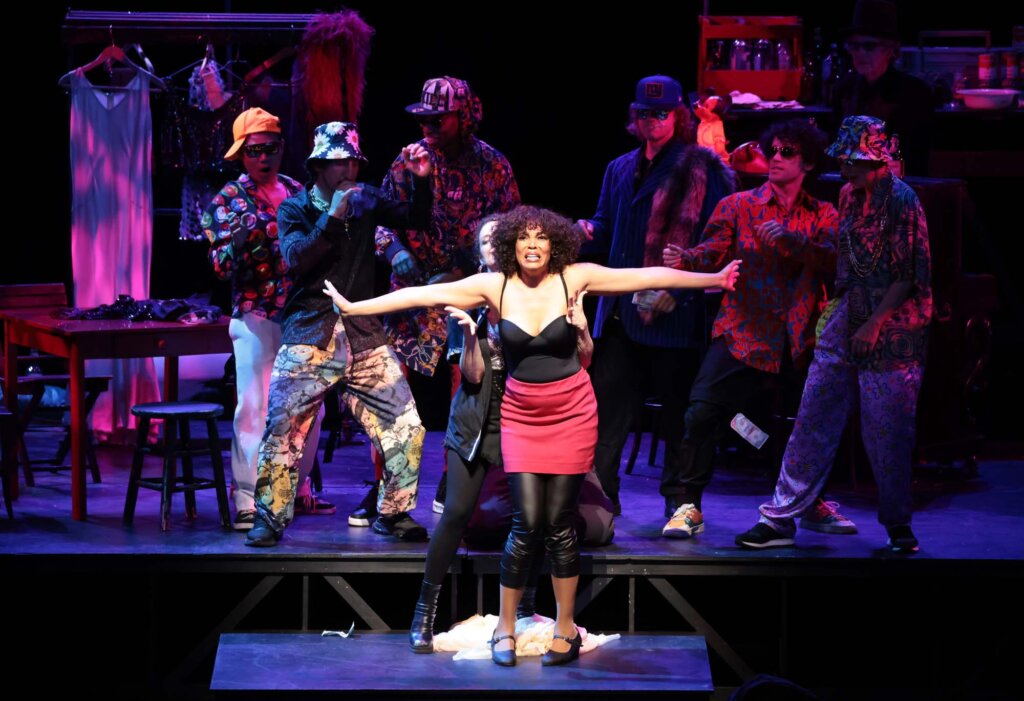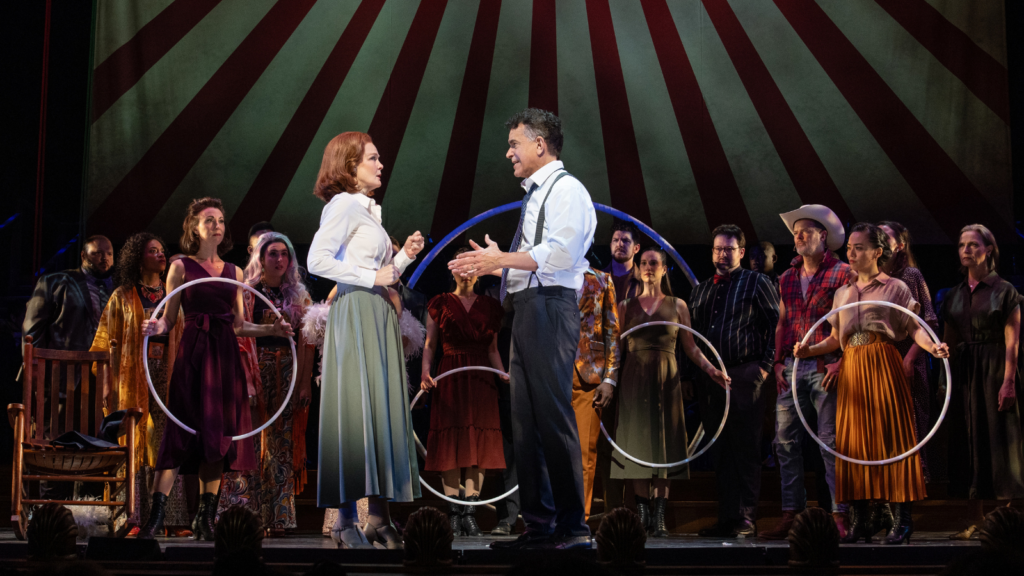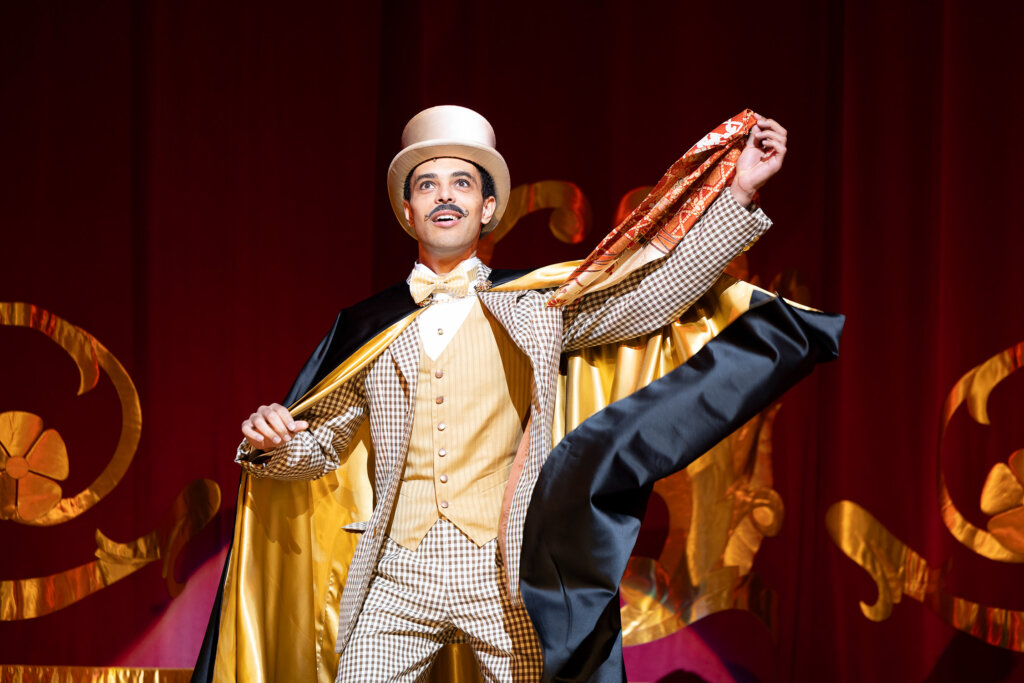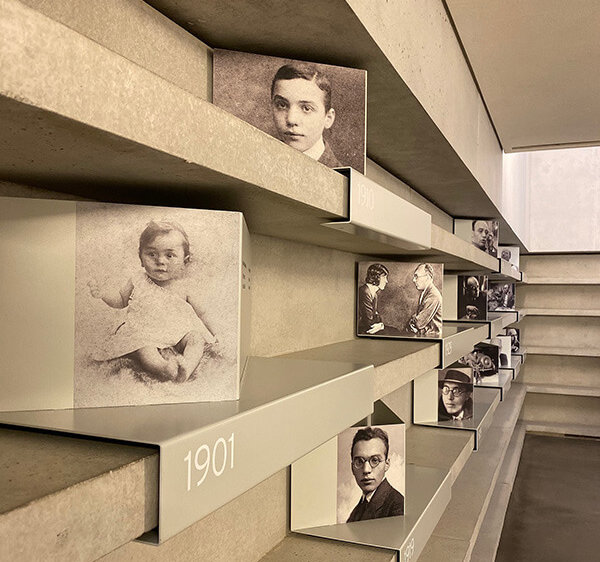
Kurt Weill spent his formative years in Dessau, where his father was the cantor in the local synagogue. Kurt’s first musical studies and experiences in the theater occurred there, setting the stage for his efflorescence in Berlin and ascent to world fame. Nowadays we also associate Dessau with the Bauhaus, the influential German architecture and design movement that relocated to Dessau around 1925, long after the Weill family had moved on. Now these two avatars of Dessau are linked in a brand-new permanent exhibition of Weill’s life and work which is placed in the newly reconstructed Moholy-Nagy House, next door to the Lyonel Feininger House which holds the Kurt Weill Zentrum.
The first day of the exhibition was 19 October 2019, during celebrations of the hundredth anniversary of the founding of the Bauhaus movement (and, ironically enough, very close to the hundredth anniversary of Weill’s departure from Dessau). The gala saw visits from representatives of the state government of Sachsen-Anhalt, the mayor of Dessau, officials of the Zentrum, and many other local dignitaries.
Titled “Kurt Weill–ein Weltenbürger und Dessauer” (Kurt Weill: world citizen and Dessau native), the interactive exhibit occupies three stories of the Moholy-Nagy House with a rich sampling of photos, text, and models (of the rowboat where Weill met Lotte Lenya, of the ship that carried both of them to the U.S. in 1935, and of course a shark). Each area of the exhibit has its own menu of audio clips that illuminate the material presented there, rather than a single isolated audio booth. With wall text and labels written by an international group of Weill experts, the exhibit presents a full panorama of Weill’s life and work. Whether a traditional portrait gallery or an interactive exploration of the “Kurt Weill Cosmos,” tracing Weill’s artistic connections and showing unexpected relationships among his compositions and the people who collaborated on them or performed them, the show has something for everyone. The exhibit was designed by the firm Plural.net and Professor Severin Wucher; the curator is Prof. Dr. Andreas Eichhorn of the University of Cologne, himself a Weill scholar who edited Weill’s works with solo violin for the Kurt Weill Edition.
Patrons include the government of Sachsen-Anhalt and Bauhaus Dessau. The Kurt Weill Foundation provided dozens of images for display. The exhibit is open daily from October through March.
Features
Exhibit home page
Exhibit flyer (in German)
Photos
All photos by Plural Berlin/Leipzig, Frank Übler
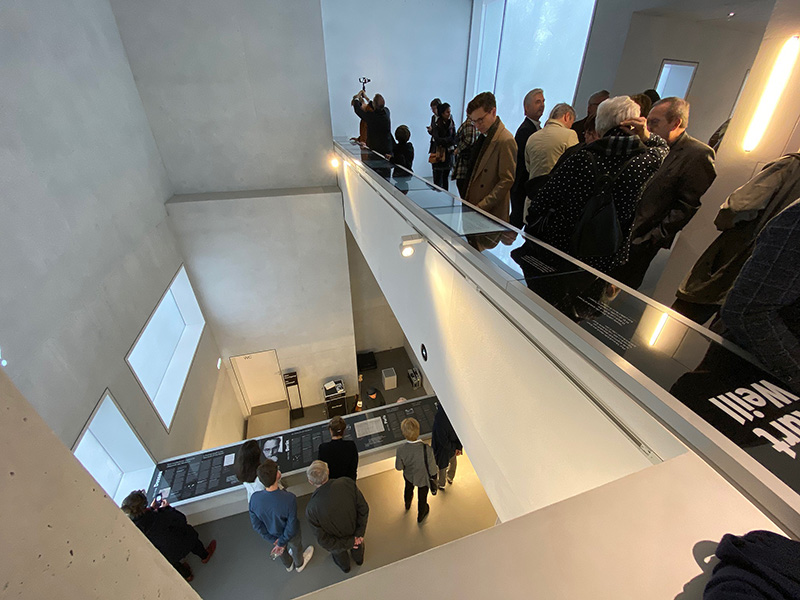
View of the exhibition space showing multiple levels
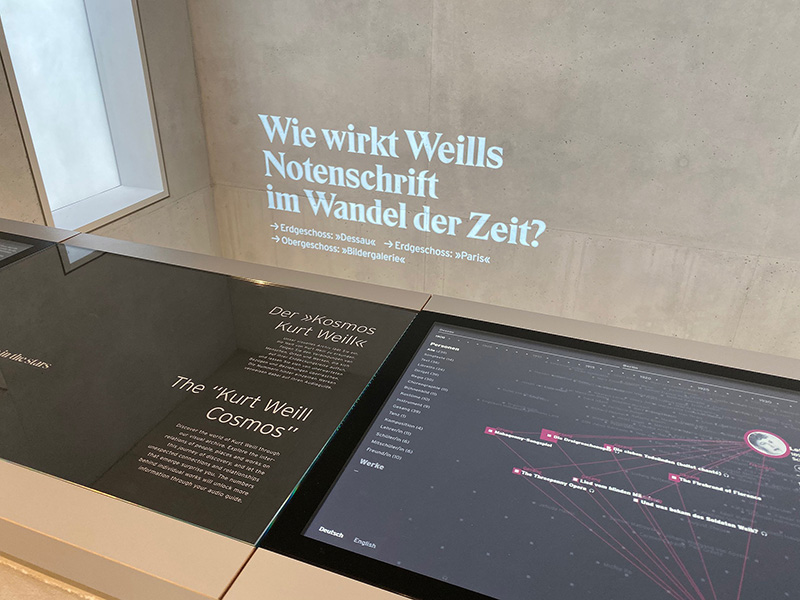
This panel shows the “Kurt Weill Cosmos,” revealing connections between Weill and other artists
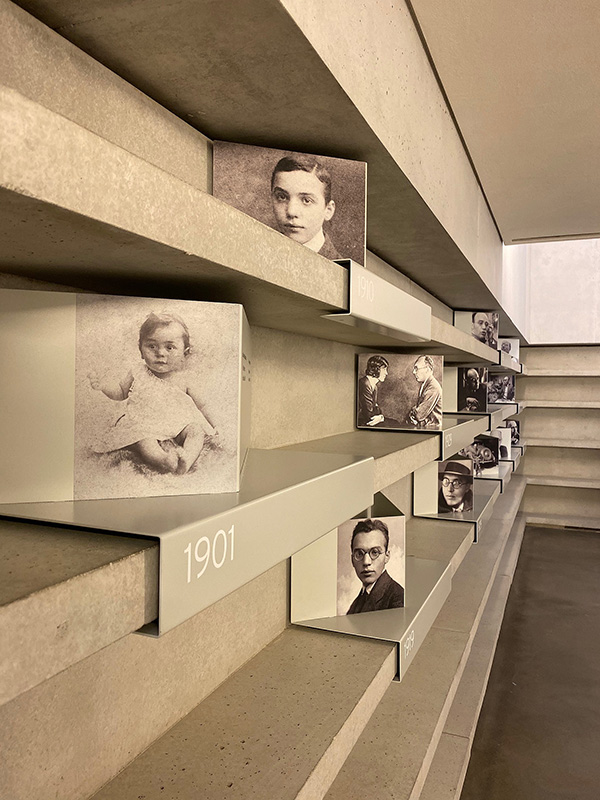
Weill portrait gallery
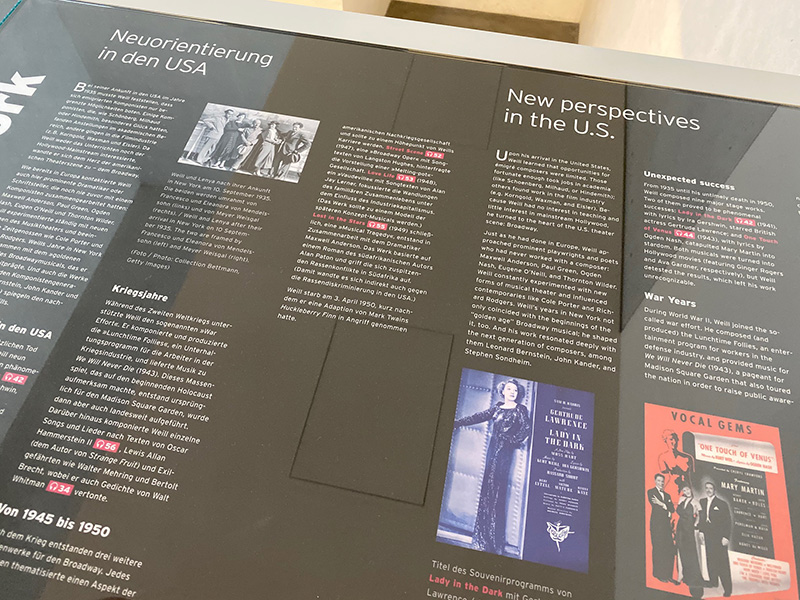
Panel with German and English text placed at the beginning of the Weill in America portion of the exhibit
